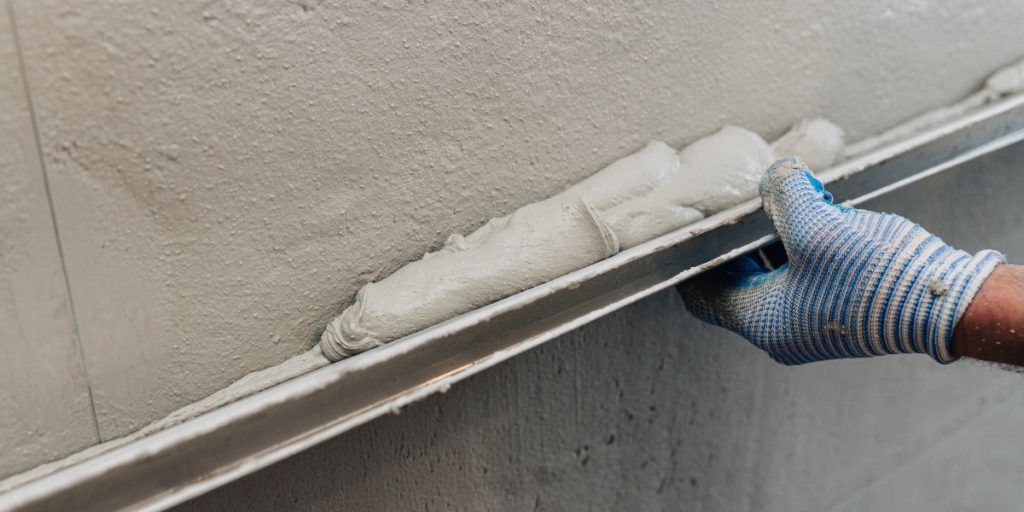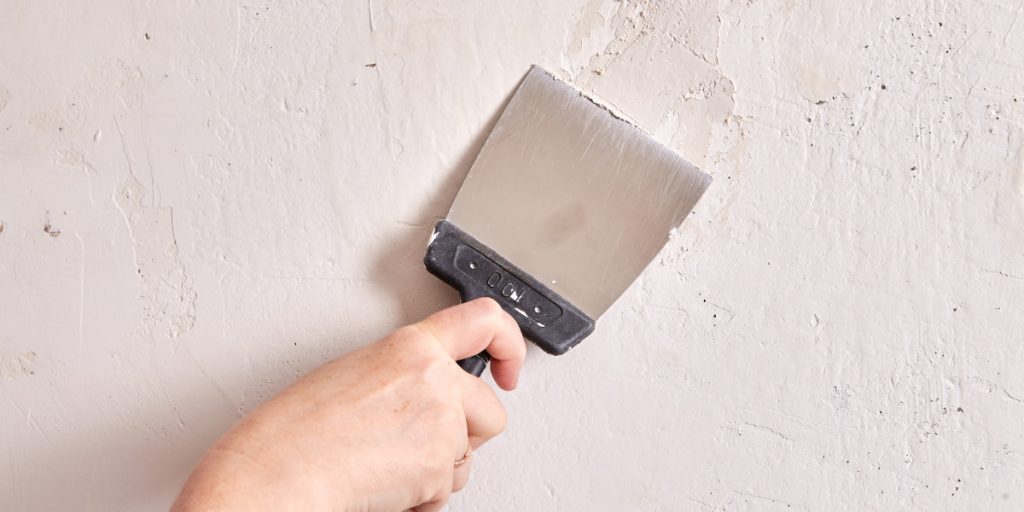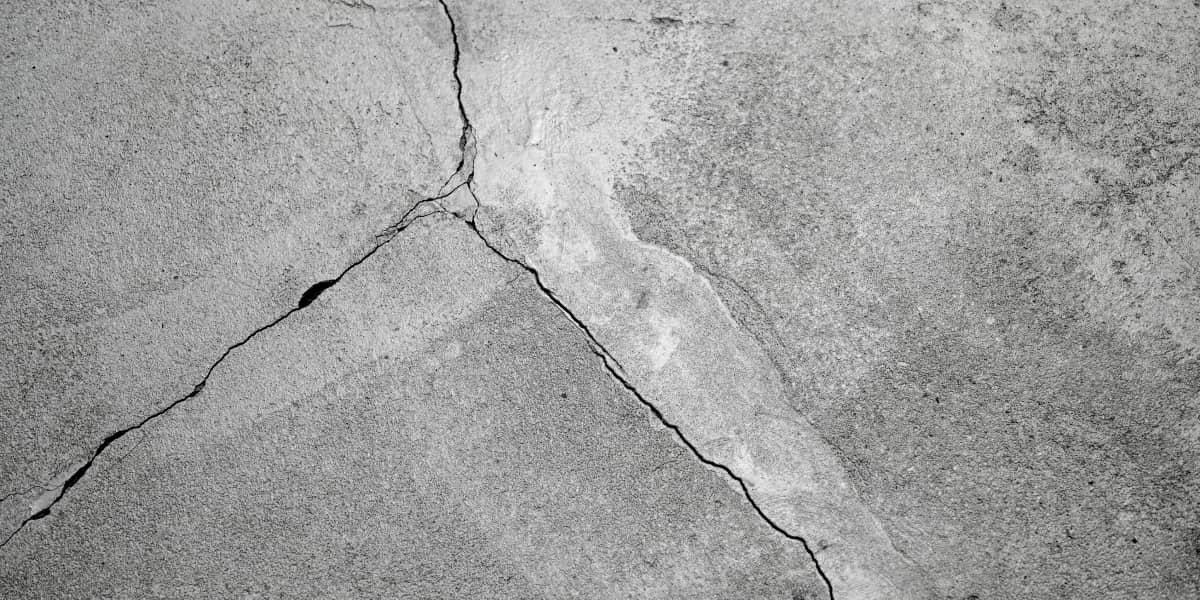Published on January 18th, 2023
Last updated on February 3rd, 2023
How To Repair Stucco Cracks And Holes: Do It Yourself Fixing

It sounds glorious when the repair measures are over. But what’s a shocking fact once cracks become noticeable on walls or ceilings? Indeed, stucco cracks are a frequent problem for exterior surfaces at any time.
To return an aesthetic look to your home arrangement, you need only a few checkout points:
- Inspect the nature and complexity of cracks or holes. Often, stucco suffers from cracking impact. Each stain signalizes about the severe, progressive deterioration of house structures;
- Perform preventive measures to remove cracking triggers. Before recovery activities, you should stop deterioration factors. If you do not get rid of mold or basement movements, your efforts will be ineffective;
- Repair stucco cracks or holes using only qualitative materials. If you conduct everything strictly, you ensure beneficial results in the end. To this end, follow the practical recommendations.
In this guide, you will find all the essential tips for repairing cracked stucco and highlight the repairing outcomes.
How to Fix Stucco Cracks

The mild or deep lines on your walls steal attention. Also, they do not provide significant aesthetic functions. Before building the repair plan, give comprehensive answers to the following questions:
- What are the types of cracks?
- What are the dimensions of the visible lines or holes on stucco surfaces?
- What triggers of the cracked surfaces are?
- What budget size is available for repairing cracked walls?
The comprehensive answers are a source of your maintenance tactics. Indeed, you may face many tips to renovate your stucco surface. But not every method foresees capital improvements to strengthen the whole structure. You need to discover the top methods to transform stucco defects into their benefits. These budget-friendly techniques are preferable for mild damages. Also, get familiarized with ways to stop cracking progress in our post.
Plaster Mixtures
You should improve the plaster mixture if cracks are slightly visible. This repairing tactic is correct for stains or long cable runs. Never save money on this decorative attribute. Qualitative plaster ingredients compliant with the stucco structure prevent cracking effects. Also, this construction solution guarantees the following results:
- Repairing exterior stucco becomes fast and effective;
- Removed mild mesh-like cracks. The achievements would be prolonged and reduce the repeated deterioration;
- Strengthened the areas where cables or other wires are placed.
The rehabilitation measures for particular areas do not change the whole stucco structure.
Repairing Fiberglass Tapes
Due to different external factors, you may notice moderate-complex cracked walls. Mainly the deteriorated cases result from weather conditions or artificial impacts. For instance, the expected consequences include increased humidity, low temperatures, or accidental hits.
Repairing cracked stucco caused by the frequent triggers foresees the algorithm of actions:
- Clean the cracks carefully. To this end, remove the deteriorating areas with metal spatulas and brushes. The final result should contain dust, small stones, or damaged plaster. For excellent outcomes, you may accomplish the process with a vacuuming technique. So you may ensure your attempts are not futile. ;
- Prepare the plaster mixture and fiberglass tapes. Glue the tape in the center of the crack zone. Fiberglass materials should merge the stucco parts and create the whole, undamaged structure;
- Patch the stucco cracks with the plaster solution. Your movements should be confident. So, properly press plaster on the tape-improved damages. After the main procedures, you should use polishing paper and finish decoration manipulations. In the end, walls become smooth and keep an aesthetic look.
This method is perfect for gypsum walls. Their structure is flexible for stucco improvements.
Strengthening Plaster
Some cases require extra attention to build a plan about how to repair stucco cracks. In particular, you should apply specific plaster to stop the in-depth wall deterioration. Strengthening solutions are acceptable for walls made from the following materials:
- concrete;
- metal and concrete;
- brick constructions;
- mineral stucco.
Elastic plaster solutions treat cracks or holes in walls or ceilings.
Concrete Solutions
If you notice severe stucco damage, you probably deal with wall cracks. Such deterioration needs significant measures to renovate the construction in general. After the detailed inspection of the building walls, you may prepare concrete solutions.
Repairing seriously cracked stucco consists of several critical stages:
- Clean stains opening the affected zone. So, measure the dimensions of cracks and assess the negative progress scenarios;
- Select the repairing tools and materials. Firstly, you need special glue nails if the stains are too deep. Secondly, find something to merge the two separating stucco parts. To this end, fiberglass tape and concrete solutions are enough. These substances perfectly repair stucco cracks and some holes. Finally, finish your wall rehabilitation activities by polishing manipulations;
- Paint the repaired areas. You should clean the whole surface if your walls are affected by external damaging factors. Use immediate solutions with bleaching ingredients. The final step is to refresh the walls with new colors.
How to Patch Stucco Holes

Like cracks, stucco holes do not add a charm or an attractive look to your exterior design solutions. Thus, you should know how to patch stucco holes. Indeed, you could manage mild or complicated cases. Your repairing strategy depends on the deterioration nature and progress.
Examine the visible holes to return the primary look of your stucco walls. A detailed inspection of the possible triggers would be a reasonable decision. Due to sophisticated actions, you may select methods to reduce undesirable effects. In particular, your efforts should be split out into three main groups of actions:
- Decorative plaster to hide mild damages and return aesthetic look to your stucco surfaces;
- Repairing solutions for critical situations. The visible cracks are under control but the extended maintenance jeoperdises the wall structure;
- Construction foams for in-danger areas to stop deterioration processes. Due to creative imagination, you may realize bold decorations and add unique elements.
Decorative Plaster
Many experienced specialists approve of this method for slight damages or accidental consequences. Plaster is the first aid tool if you notice small holes on stucco surfaces and try repairing cracked stucco. To perform everything correctly, remember this sophisticated algorithm:
- Choose the appropriate plaster in line with your stucco type;
- Clean the in-question surface;
- Check the potential damages. For instance, ensure the accompanying risks are minimal;
- Perform the repairing actions similar to the crack rehabilitation.
Repairing Solutions
The repairing strategy is acceptable for severe cases. Unique solutions are must-have attributes to patch stucco holes. If there is a danger of the progressive deterioration of wall structures, use this method.
Upon the detailed inspection, you should choose some materials to strengthen the renovation results:
- concrete solutions;
- newspapers;
- foam plasters;
- mineral wool.
So, it would help if you put the abovementioned stuff into the hole. The choice depends on the stucco type and hole dimensions.
Construction Foams
The repairing exterior stucco approach is flexible, using construction foam. This stucco safer has many advantageous qualities:
- Enhance the whole wall’s durability;
- Prolong the deterioration effects;
- Save your budget due to abilities to increase in volume after the complete drying;
- Keep colors and stucco structure unchangeable. Therefore, you are free to experiment with design concepts.
Summary
Thanks to a broad range of our recommendations, you may find the essential answers for your housekeeping activities. You may combine different methods which guarantee influential achievements. Explaining approaches about how to fix stucco cracks or holes should refer to your requirements.
FAQ
Are cracks in stucco serious?
Any defect on surfaces signalizes the problems to fix. So, a detailed investigation is acceptable to minimize any potential threat.
Is it normal to have cracks in stucco?
Stains, holes, and even deep cracks are normal for stucco-covered surfaces. Many external factors stimulate the appropriate defects. But each case needs the proper inspection if you do not face negative effects of your work.
Do painters fix stucco cracks?
For some sophisticated cases, painting concepts are pretty acceptable. Artful objects with some painting tricks are an excellent way to hide mild cracks.
What does failing stucco look like?
Stucco defects include mold-provoked spots, stains, cracks, and holes. Once you touch the deteriorated areas, stucco starts falling immediately.
When should I worry about cracks in a stucco?
Any crack should provoke the inspection actions. Even mild stains could mean severe deterioration processes. The neglected attitude to such wall damages could lead to complete destruction processes of surfaces and constructions.


